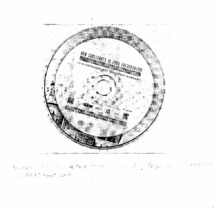Formulation and quality evaluation of a clarified mixed fruit juice.
Formulation and quality evaluation of a clarified mixed fruit juice.
Author(s): CANDÉA, T. V.; NAKANO, L. A.; MATTIETTO, R. A.; CABRAL, L. M. C.; MATTA, V. M.
Summary: The objective ofthis work was to study the formulation of a clarified mixed fruit juice based on their bioactive compounds.
Publication year: 2009
Types of publication: Abstract in annals or event proceedings
Unit: Embrapa Eastern Amazon
Keywords: Açaí, Clarificação, Fruta Tropical, Suco de Fruta
Observation
Some of Embrapa's publications are published as ePub files. To read them, use or download one of the following free software options to your computer or mobile device. Android: Google Play Books; IOS: iBooks; Windows and Linux: Calibre.
Access other publications
Access the Agricultural Research Database (BDPA) to consult Embrapa's full library collection and records.
Visit Embrapa Bookstore to purchase books and other publications sold by Embrapa.

